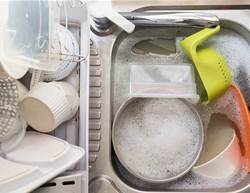In 2007, when I moved into a studio the size of a Honda Accord, “living tiny” wasn’t a thing (even in New York, arguably the home of tiny apartments). Everyone just thought I was nuts. I moved for one reason: The low rent allowed me to quit my stressful job and finish writing my first book. I planned to stay one year.
I knew living tiny would take a big adjustment—the apartment didn’t have a kitchen, and the loft bed had only 60cm of space between the mattress and the ceiling—but I'd worked as a professional organiser for many years so I felt I was up to the challenge. Yet the very first night I had a panic attack.
“What was I thinking?” I yelled as I climbed down the ladder. “I can’t live here!” Minutes later, lying on a yoga mat on the floor, I reminded myself why I moved there: to write my grandfather’s story. After that night I never had a problem again. In fact, something surprising happened.
My life got better.
I had more time to write, ride my bike and travel. My stress went down, as did my credit card bills. I wasn’t buying stuff because I had no place to put it. When the year came to an end, I agreed to another. And another. I was living life on my terms. I stayed five years, then bought a one bedroom appartment in town.
While my new place is almost five times larger (which isn’t saying much), I continue to live like I’m in 8m2, filling my life with experiences, not stuff. But stuff, no matter what size space you live in, has a way of slowly creeping in, and keeping it at bay is an ongoing battle. Below are 9 decluttering tips to keep winning the war.
Watch as the author takes you on a tour of her 8m2 home:
(Want to pick up some healthier habits? Sign up for FREE to get healthy living tips, weight loss inspiration, slimming recipes and more delivered straight to your inbox!)
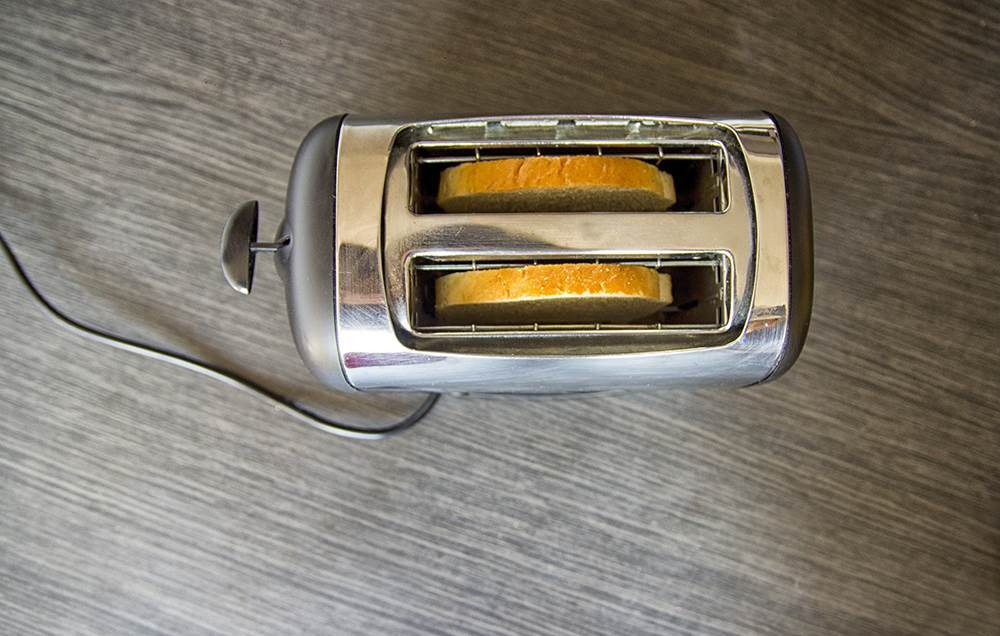
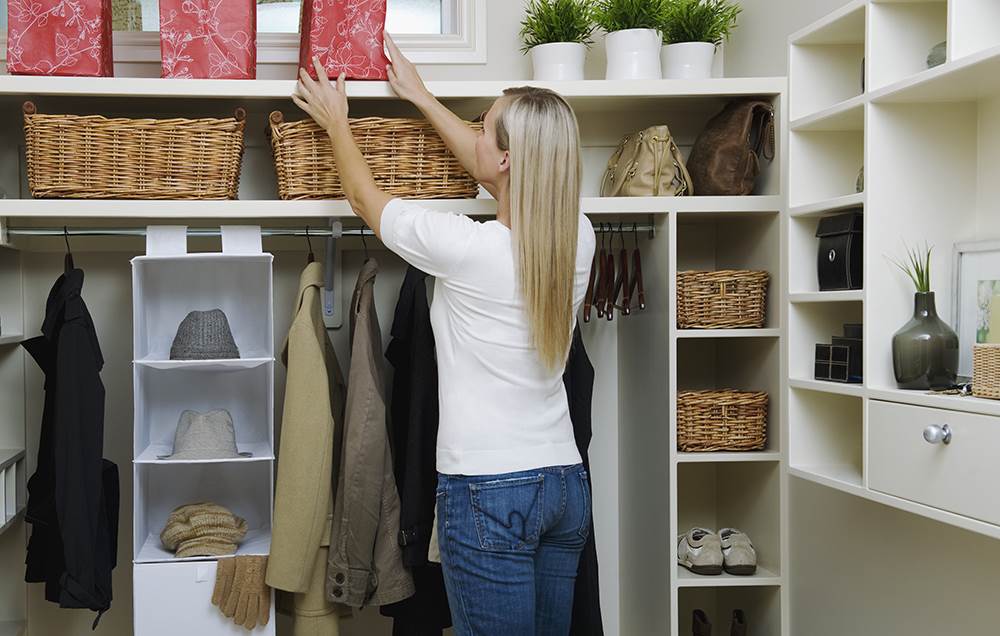
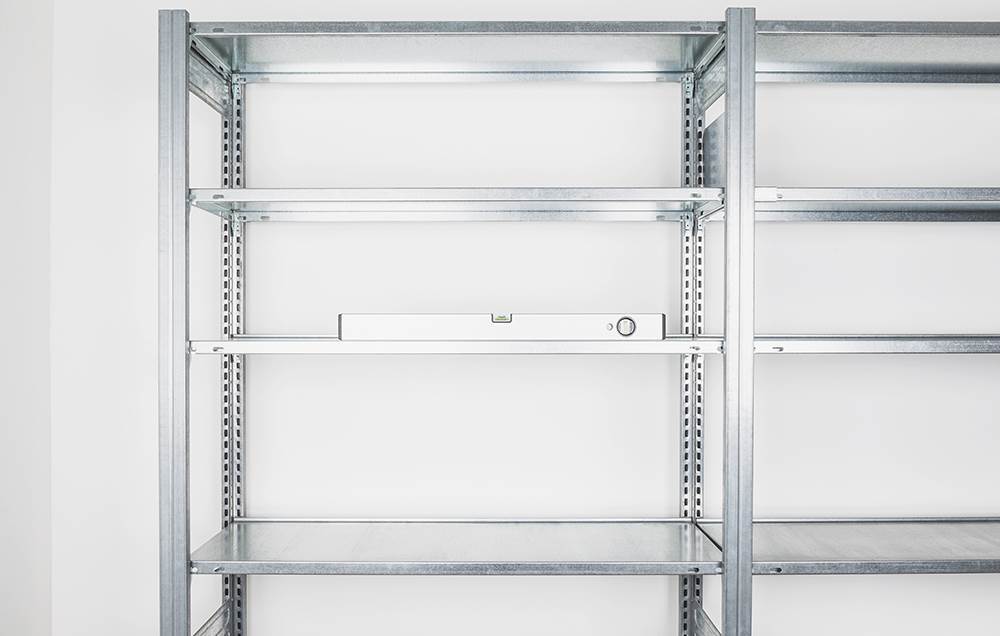
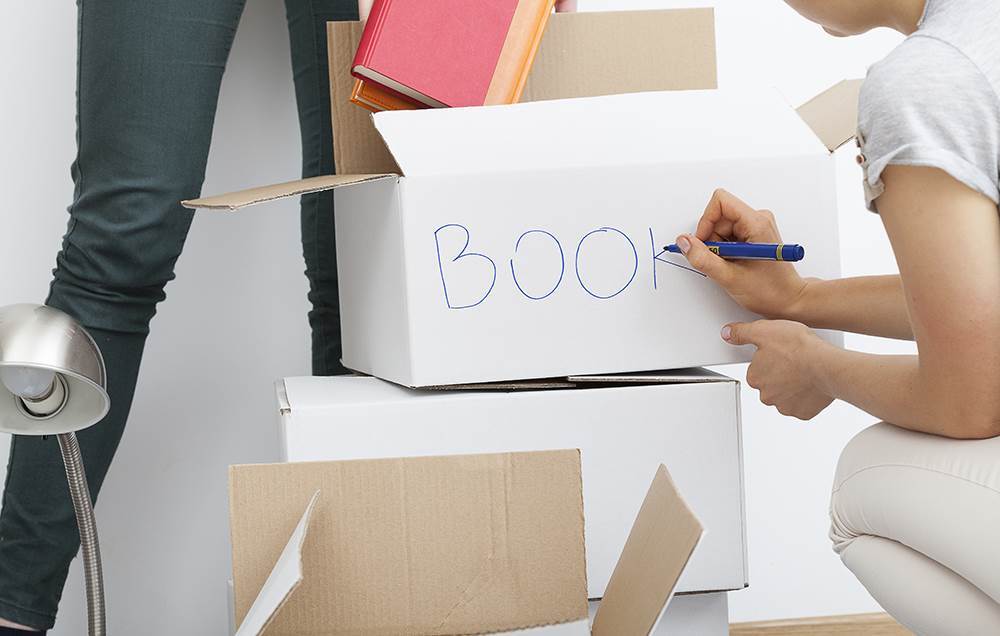
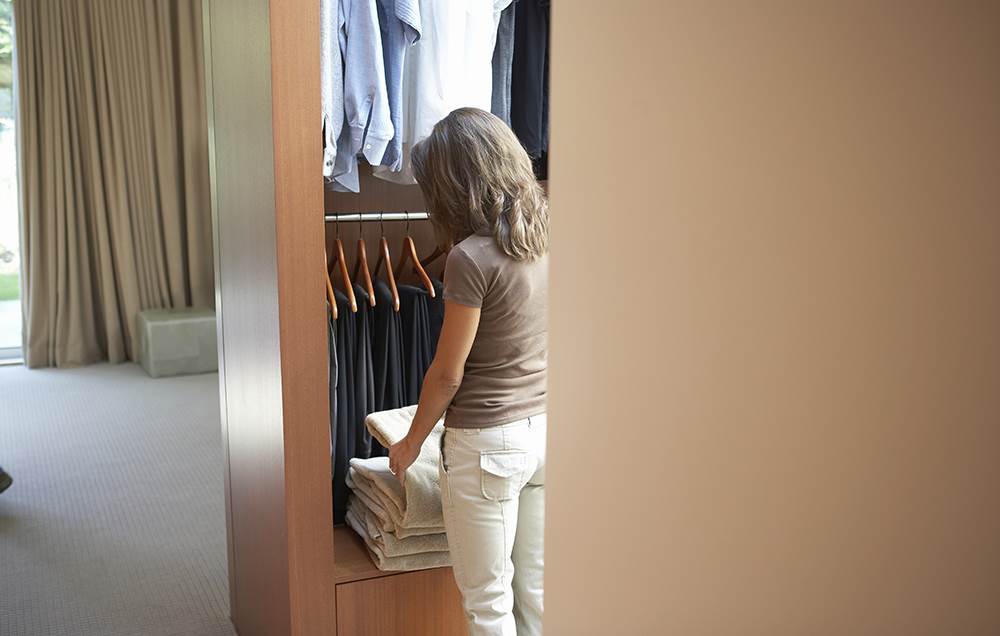




Make your stuff work harder.
Lots of people think they need more kitchen space, but really they just need fewer appliances. When I was living in a tiny studio that didn't even have a kitchen, I relied on my toaster oven. Though I lived in a neighbourhood with plenty of restaurants and markets, I made a lot of meals in that toaster. Many people think they need a blender, food processor, and mixer, but you can find one multitasking appliance (like a large blender) to do the work of all three.
Your clothes should multitask, too. Some people cling to old T-shirts claiming, "I lounge around the house in that," yet they also have piles of newer T-shirts that are equally nice for lounging, running errands or layering under blazers and sweaters.
Go vertical.
There's a reason that crowded cities are filled with skyscrapers. Ground space is limited, but you can always go up (within reason). The same principle works in your home. As soon as I moved into my micro apartment I bought three tall wire-shelving units. I used them to house almost all my stuff: I stashed often-used items like jeans and drinking glasses (though I only had two of them) on lower shelves that were easy to reach. Off-season clothing, extra light bulbs, and other rarely used items went up top.
Get creative.
As a writer, I needed a desk, but squeezing one in would have been next to impossible. My solution? I turned one of the wire shelves into a desk by adding one shelf made of solid metal and placing it at the same height as a typical desk.
Because this type of wire shelving is so adjustable, it has so many potential uses besides traditional storage. One of my clients, for instance, needed an office for her home dance studio but lacked the space. I used a shelving unit to turn a narrow closet into an "office," by dedicating each shelf to a specific purpose (office supplies, files, day-to-day scheduling and a printer).
Store “like” with “like.”
Ever bought Band-Aids because you didn’t know you already had three boxes at home? Whether it’s toiletries or office supplies, storing similar items together enables you to keep track of your inventory, eliminates wasteful spending, and saves time since you can find things easily. In my tiny apartment I had a dozen totes, each labelled from bike shorts to electronics. Even if you live in a sprawling house, the same concept applies (though you might have dedicated drawers or closets instead of tote bags.)
Start small.
No matter the size of your home, there comes a point when you realise it's time for a clean-out session. But most people don't relish the work involved, which is understandable. My clients often say their biggest obstacle against clutter is, “I don’t know where to begin. I’m overwhelmed.” My advice: Just like you don't give babies large pieces of food, start small. Work on one shelf; it’s less intimidating than an entire closet.Forget speed dating. Try speed tossing.
If the idea of even tackling a single shelf fills you with dread, just commit to one hour. Put it on your calendar and treat it like a real appointment. Then set a timer on your cell phone and focus on one area—maybe shoes. Any scuffed? No longer fit? Work until the timer goes off, stop—you’re done (for now). Working in short bursts removes the burden of thinking you need to get it all done at once, and when you see how successful you are you'll feel motivated to move on to other areas.
Picture the end result.
Whether you want makeup to stop spilling onto the counter every time you open the medicine cabinet or are hoping to convert a second bedroom into an art studio, try to picture yourself enjoying the newly-organised space. It's a simple mental trick that's especially helpful when you're having a hard time parting with things you've held onto for years.Think of the donation box as a helping box.
The next time you go through your collection of winter coats, keep in mind that some people don’t even own one. Knowing your contributions can change someone’s life may be all the incentive you need to clear clutter.
Pretend you’re moving.
Ever looked at an item and wondered if you should hang onto it "just in case?" If you're having trouble deciding, ask yourself: If you had to move tomorrow, would you bother moving it? If the answer is no, then out it goes.





